Table of Contents
During WWII, Easy Company, a well-known US Army unit, fought Nazi forces on D-Day, liberated the Dachau concentration camp, and even raided Adolf Hitler’s Eagle’s Nest.
In 2001, HBO screened the critically acclaimed World War II drama Band of Brothers. The 10-episode show focused on the men of Easy Company, an American Army regiment that was at the center of some of the war’s most dramatic moments. The Band of Brothers, on the other hand, was more than just a TV show.
The play was based on the book Band of Brothers: E Company, 506th Regiment, 101st Airborne from Normandy to Hitler’s Eagle’s Nest, by historian Stephen E. Ambrose, which was based on interviews with surviving members of the real-life Easy Company.
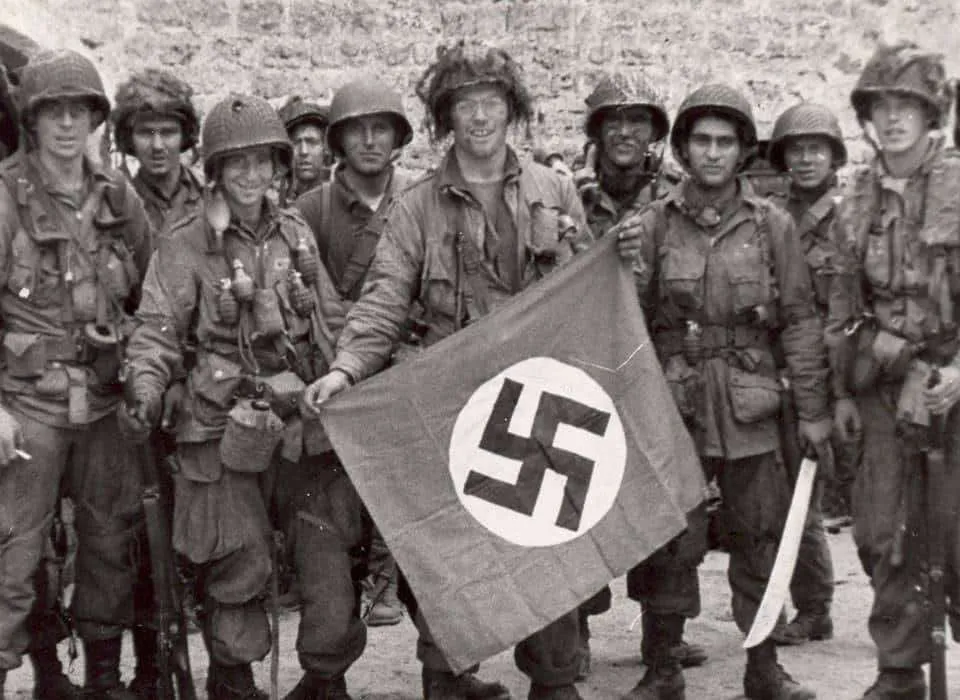
These men, who came from all walks of life, trained, fought, and died together between 1942 and 1945. They landed on the Normandy beaches on D-Day, bravely fought off a Nazi attack in the Battle of the Bulge, and took Adolf Hitler’s “Eagle’s Nest” in the Alps as the war was coming to an end.
Despite the fact that the unit was fictionalized in Band of Brothers, Easy Company soldiers were real.This is the amazing factual story of their lives.
Inside Story of The Formation Of Easy Company
Easy Company — or E Company, 2nd Battalion, 506th Parachute Infantry Regiment, 101st Airborne Division — was formed in July 1942 with 140 soldiers and seven officers at Camp Toccoa in Georgia for training. A few qualities were shared by the soldiers. The Band of Brothers is an HBO miniseries based on the history and actions of the unit during WWII.
“They were young, born since the Great War,” Ambrose wrote in his 1992 book Band of Brothers: E Company, 506th Regiment, 101st Airborne from Normandy to Hitler’s Eagle’s Nest. “They were all white, with three exceptions, because the United States Army was segregated throughout WWII.”
Males, on the other hand, come from all walks of life. Easy Company’s initial commander, Herbert Sobel, had military experience and had previously served in the Military Police Corps. Rich Lewis Nixon was able to attend Yale, but Richard “Dick” Winters, who later became the unit’s commander, had to work to pay his way through Franklin & Marshall College.
Regardless of where they came from, the boys at Camp Toccoa faced the same challenges. And not everyone was capable of completing the assignment.
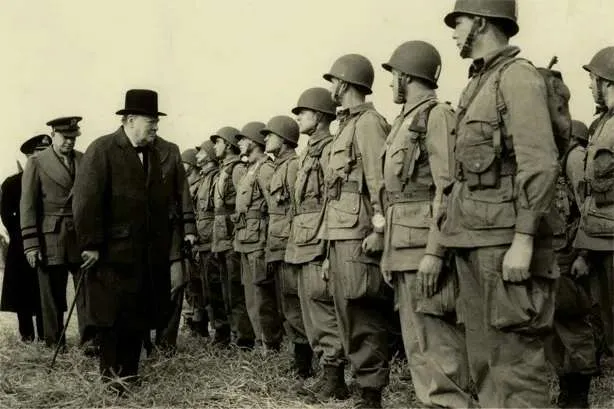
“Officers would come and go,” Winters said, according to The New York Times. “Just by looking at them, you could tell they weren’t going to make it.” Some of these individuals were as soft as a piece of butter. “
Sobel’s leadership was reviled by many. As one of his soldiers put it, the “devil in jump boots” put his troops through grueling training and humiliating punishments like digging a six-foot-by-six-foot hole in the ground — and then filling it back in. Winters even called Sobel “cruel,” but he acknowledged that Sobel was crucial in getting the men in shape.
Despite the fact that Sobel was later transferred, the members of Easy Company climbed fast through the ranks. They were sent to England in September 1943 to prepare for their first combat mission, which would be D-Day.
How simple is it? It was for a business to establish itself. During the Second World War,
Easy Company’s troops formally entered World War II on June 6, 1944. Then, as part of Operation Overlord, also known as D-Day, they parachuted onto the beaches of Normandy with thousands of other Allied troops.
“Got on a plane, traveled over the Channel,” Easy Company member Edward Shames revealed in a later interview. “By the time we got there, everything had gone to hell… When we arrived at the coast, it looked like the Fourth of July.”
The unit lost 65 soldiers in Normandy. They did, however, demonstrate their tenacity. During Operation Overlord, Winters was instructed to attack a battery of four German guns at Brécourt Manor. According to History Net, a captain told him, “There’s fire along that hedgerow there.” “Take care of it.”
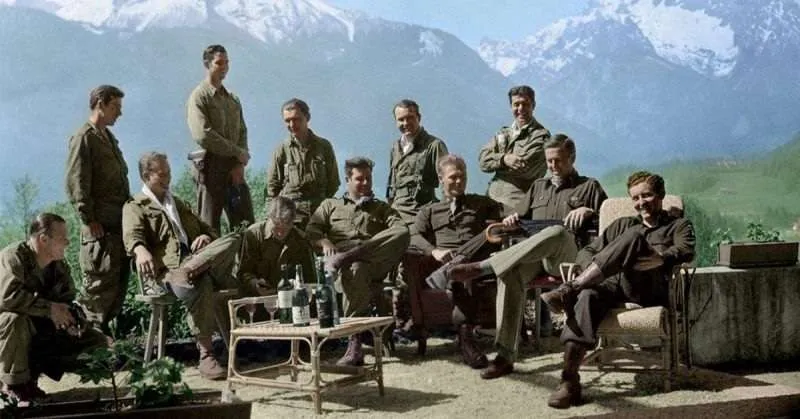
“That was it,” Winters declared later. “There was no elaborate strategy or briefing in place,” I said, as I wondered what was on the other side of the hedgerow. All I had were my orders, and I needed to formulate a plan as soon as possible. And it turns out that I was right. We were able to take down those four German guns with only one casualty, Private John Hall, who was slain right in front of me. “
Easy Company was thereafter exposed to some of the war’s most heinous events. In September 1944, they took part in Operation Market Garden, an Allied attempt to take Holland. In December, they proceeded to Belgium to take part in the infamous Battle of the Bulge.
In April 1945, the members of Easy Company landed at the Dachau concentration camp’s Kaufering complex, where they witnessed some of the war’s most horrific incidents. According to the United States Holocaust Memorial Museum, Nazi troops held 3,600 prisoners at the Kaufering IV camp alone, the majority of whom had been taken on death marches.
Shames, the son of Russian Jewish immigrants, later said of the meeting: “I experienced something that no other human being should witness.” “The stench and horror will be with me for as long as I live.”
However, there were some brighter moments. Right after Adolf Hitler turned himself in at the beginning of May 1945, Easy Company was told to take Berchtesgaden, the Bavarian town where the Führer’s “Eagle’s Nest” in the Alps was.
“We were the first ones there,” Shames explained. “Of course, we did what any God-fearing soldier would do.” “We did what any God-fearing soldier would do,” says the narrator. We violently robbed the place.”Though it’s uncertain who took the Eagle’s Nest first, the Easy Company warriors are without a doubt responsible for the building’s largest raid.
Shames seized a few bottles of cognac marked “for the Führer’s use only” and used them to toast his son’s bar mitzvah. The lads were also ecstatic when they discovered Hitler’s personal wine collection.
On May 8, 1945, Germany surrendered a few days later. After the war in Europe concluded later that year, Easy Company was officially disbanded. Ambrose says that the regiment had a 150 percent death rate because new soldiers kept joining to replace those who had died in battle.
Despite this, Ambrose asserted that “in its peak of effectiveness, [Easy Company] was as fine a rifle company as there was in the world.”
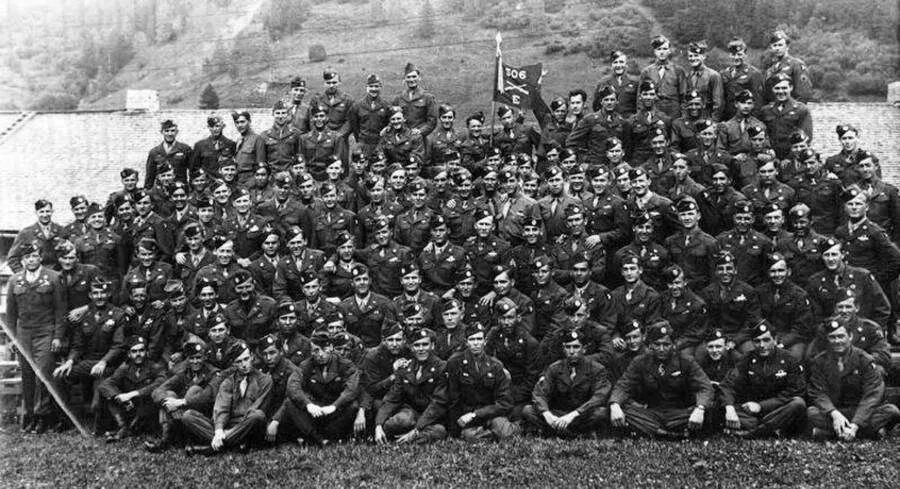
The Legacy of the “Band of Brothers”
The men of Easy Company went their separate ways. Nixon went to work for his family’s company, while Winters started his own business selling animal feed to farmers. Nixon went to work for his family’s corporation, while Shames went to work for the National Security Agency. Several of the men, though, kept in touch.
In fact, it was because of this experience that Stephen Ambrose founded Easy Company in the first place. After attending an Easy Company reunion in 1988, Ambrose was struck by how close the veterans appeared to be.
“It was something that many militaries throughout history strived towards, but only a few attained,” Ambrose said. “The only way to satisfy my curiosity was to research and write about the company’s history.”
According to the historian, it was a collective effort. Ambrose not only conducted interviews with surviving members of Easy Company, but he also made copies of his writings available to the public for any necessary edits or criticism. The final outcome, however, did not delight everyone.
Shames, who had a falling out with Ambrose over his portrayal in the book, alleged that the men also started this thing about me yelling at the men and the other policemen. The narrator exclaims, “Of course, I yelled at them!” I take my work very seriously. This is why I was able to return with more men than the rest of the 506th officers. “
Ambrose’s 1992 novel astonished many with its depictions of servicemen and their horrific experiences fighting in World War II. Easy Company’s story was exposed to a wider audience through Band of Brothers, a miniseries based on the novel that premiered on HBO less than a decade later.
No one from Easy Company is living today-Shames was the last of the “Band of Brothers” men to die in December 2021, yet their memory lives on. Audiences all over the world, like Ambrose, were drawn to their story and relationship. He claimed that they shared “a closeness unseen by all outsiders.” Brothers are more closely related to each other than friends, and comrades are more closely related to each other than friends. Their bond isn’t the same as that of a couple. They have perfect trust and understanding of one another. “
Easy company history in military way…

Easy Company was founded in 1942 in Camp Toccoa, Georgia, as part of the 506th Parachute Infantry Regiment. It was a volunteer-led test airborne unit that was trained to leap out of C-47 cargo planes into hostile territory. The company consisted of a command unit and three platoons. There were two 12-man rifle squads (later increased to three), a machine gun team, and a 6-man mortar squad in each platoon.
The company’s first commander was 1st Lieutenant Herbert Sobel, with 2nd Lieutenant Clarence Hester as his executive officer. At first, Lts. Salve H. Matheson, Richard Winters, and Walter Moore headed the three platoons at first. Lewis Nixon subsequently became a 2nd Platoon aide to Winters with Easy Company. Their Motto is “Currahee” (We Stand Alone).
Drill instructors assigned to Easy Company included 1/Sgt. Harvey H. Morehead, S/Sgts. Stedman, Ford, and Kudla. After Easy Company finished jump training at Fort Benning, the cadre was moved and replaced with enlisted men from the original group of privates. This included 1/Sgt. Sergeant William Evans, S/Sgts. James Diel, Terrence Harris, and Myron Ranney, and Sgts. Leo Boyle, Bill Guarnere, Carwood Lipton, John Martin, Robert Radtke, and Amos Taylor.
Sobel pushed the members of Easy Company to their limits throughout the unit’s training phase in order to weed out unfit soldiers. The men would run up nearby Currahee Mountain three to four times a week, accomplishing the six-mile round trip in fifty minutes. They would also have to do a daily obstacle course, calisthenics routines, and night marches.
Even though the men hated their commander because he was tough and cruel, many veterans say that Sobel’s training methods helped them become better soldiers and stay strong during the war.
After completing the basic training phase, Easy Company joined the rest of the 2nd Battalion in a well-publicized 115-mile march to Atlanta, Georgia. Their final stop was Fort Benning, where the regiment was put to the test. The first level of parachute school (physical training) was dropped after it was revealed that the Toccoa men were in considerably better physical shape than the jump training teachers.
After spending a few weeks familiarizing themselves with the equipment and jumping off towers of varying heights, the soldiers began the last part of parachute school. Army parachutists who accomplished all five jumps from a C-47 were considered qualified.
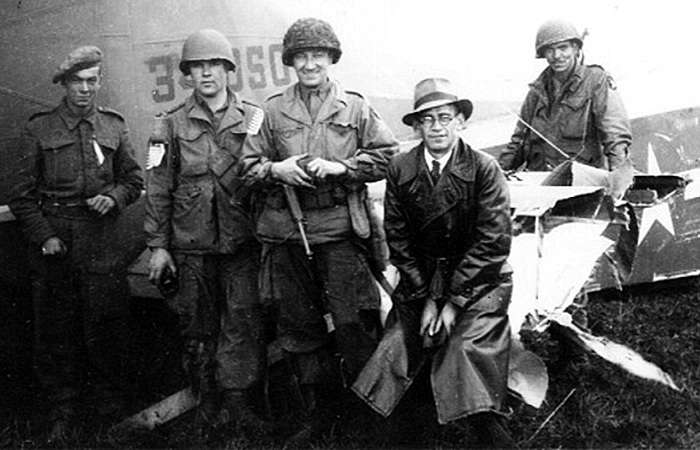
In March 1943, the battalion was sent to Camp MacKall for advanced field training exercises before moving to Aldbourne, England in September to prepare for the anticipated invasion of Europe. Sobel was relieved of duty and posted to Chilton Foliat prior to the invasion as a result of a court-martial fiasco involving his then-X.O., Richard Winters, and a subsequent NCO insurrection. To restore order, Col. Robert Sink handed leadership of Easy Company to 1st Lt. Thomas Meehan and sent two platoon sergeants out of the company.
The company would take part in Operation Overlord, but 1st Lt. Meehan and the majority of the headquarters section were killed when their C-47 was shot down. Because the majority of the company was split across the Cotentin Peninsula, many created impromptu formations with parachutists from other units until Easy Company could reassemble.
Before being taken off the line, 1st Lt. Winters took command of the soldiers and participated in the attacks on Brécourt Manor, Carentan, and Bloody Gulch. Winters was promoted to captain and named the official commander of Easy Company once Meehan’s death was confirmed. He would lead the unit until he was promoted to the 2nd Battalion’s executive officer in Holland.
During Easy Company’s time in Bastogne, 1st Lt. Norman Dike was in command, but he was relieved of command and replaced by 1st Lt. Ronald Speirs during the Battle of Foy. The Speirs would remain in this position until the end of the war when the unit was deactivated.
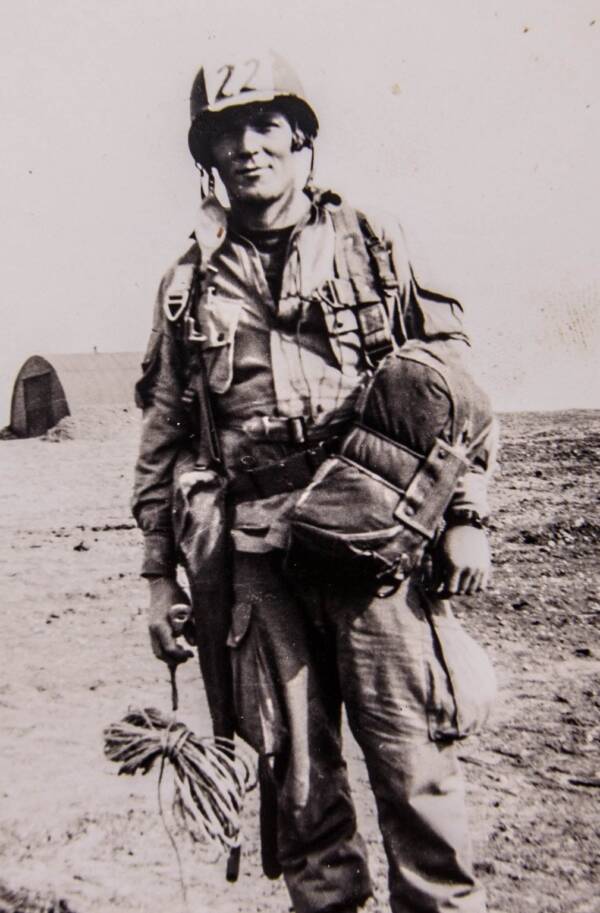
In the aftermath of World War II
The company was disbanded, and it did not participate in any subsequent conflicts. It was resurrected in 1954 as a stand-alone training unit. It is now assigned to the 101st Airborne Division at Fort Campbell, Kentucky (Air Assault). It was a part of the 4th Brigade Combat Team until 2014, when it was deactivated and transferred to the 1st and 2nd brigades, but was housed at Fort Campbell by the 3rd Brigade Rakassans.
Credit: Wikipedia | Wiki of brothers
All the information & photo credit goes to respective authorities. DM for removal please.
Read More >>>

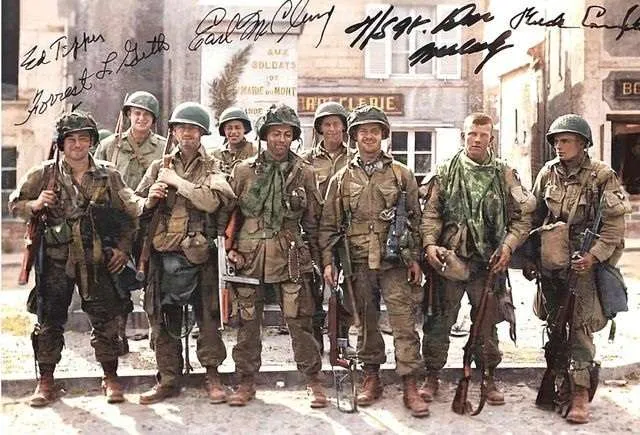
1 comment
Nice article